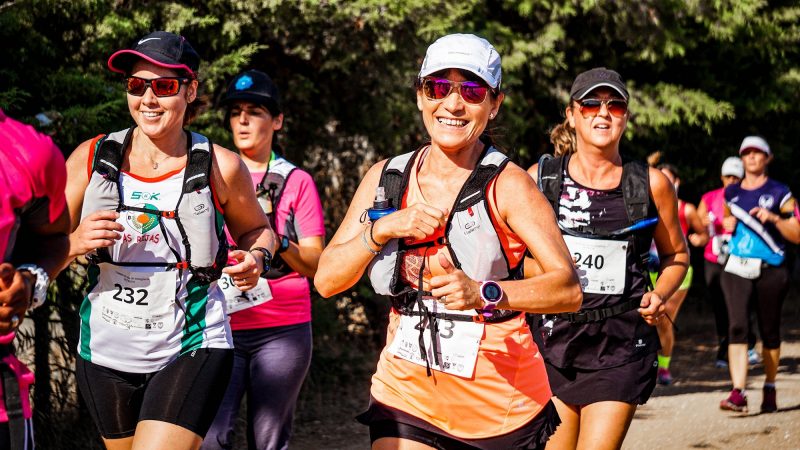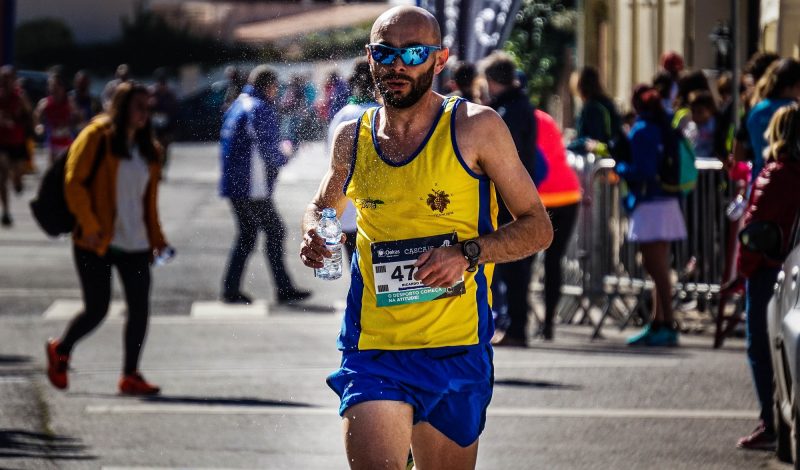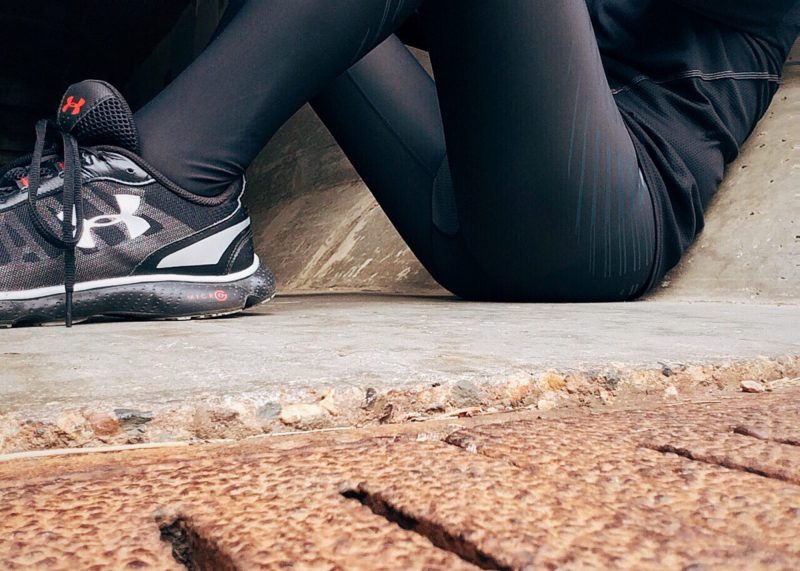Be An Eco-Hiker in the Dolomites
18.04.2024In Italy’s Alta Badia, when the inhabitants of this South Tyrolean valley talk about sustainability, they use terms such as...
If you’re training for a marathon or triathlon, or even if you’re a Tough Mudder enthusiast, you will no doubt be well into your 2019 training regime by now.
But Dr Ralph Rogers, one of the world’s top sports medicine doctors (ex-first team doctor at Chelsea Football Club) has tips which will help you perform at your peak, whatever event you are training for, even if you just want to run better, further and faster on a Sunday morning.
“Many people cobble together training regimes and often pay the price by overtraining, getting injured and not knowing how to pace their training properly. They can underperform, overtrain and often unnecessarily suffer with injuries that could have easily been avoided,” says Dr Rogers.
Stretching is an important part of your training schedule for injury prevention. Dynamic stretching is advised pre-run and a mixture of dynamic and static stretching is advised post-run.
“Don’t stint on the stretching, not only is it essential but it sometimes helps to identify any niggles and potential problems.”
Remember to progress your mileage sensibly, especially on your longer runs. A quick and high jump in mileage can lead to calf strains and cartilage issues in the knee.

Don’t run on an empty stomach, you will get tired a lot quicker and possibly cause muscle damage because you are burning muscle. A sensible marathon diet can and will make all the difference to your training.
Remember to stay hydrated throughout each run. Dehydration can lead to muscle injury, because muscles use fluids and electrolytes to function properly during exercise.

Make sure you get enough sleep because your body needs to repair itself and those early morning pre-work runs can take their toll if you are not getting enough Zs.
If you fall off the wagon or you get injured, the fastest way to get on track is to see a specialist sports doctor or physiotherapist. You’ll get the treatment you need and advice on how to get you back on schedule and help you reach your goals.
Stick to the same brand and style of trainers all the way through. A bad pair of trainers can lead to blisters, knee pain and conditions like plantar fasciitis. You should have run at least 10K in a pair of trainers before the big event. Under no circumstances should you ever wear new trainers for an actual marathon.

Dr Rogers runs Rogers Regenerative Medicine Group and is a top sports and regenerative medicine doctor and practises around the world. He is based in Harley Street and is currently the medical advisor to the NBA. rrmg.com
Enjoyed this article? click here to get more from us
In Italy’s Alta Badia, when the inhabitants of this South Tyrolean valley talk about sustainability, they use terms such as...
Get ready for an unforgettable journey into the heart of the Swiss Alps as Verbier invites you to discover a...
Although best known for its beaches, seeing the of Mallorca’s stunning landscapes on horseback gives riders the chance to immerse...
Edinburgh will host the 40th World Orienteering Championships (WOC) this summer, from July 12th to 16th. The champs mark the...